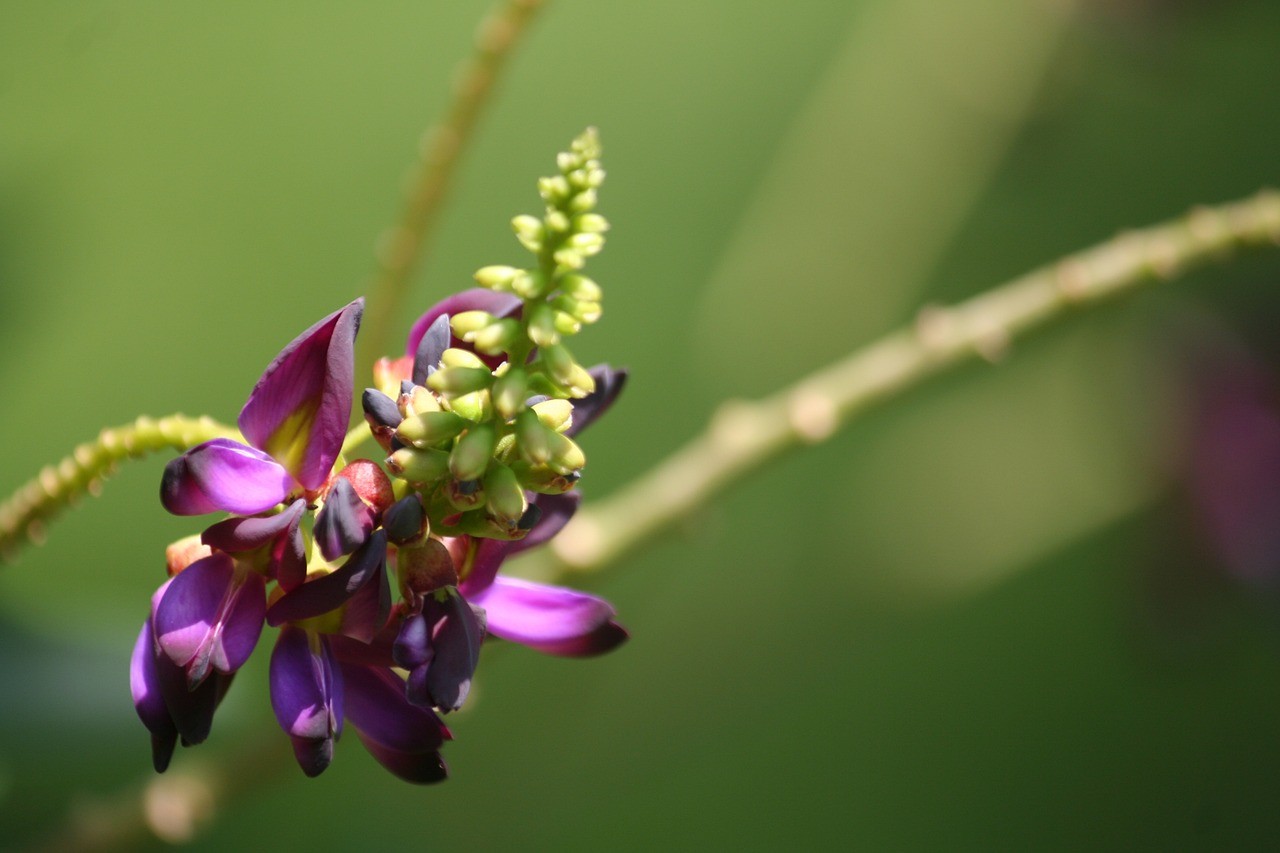The Sapote Fruit: A Comprehensive Guide
Updated on
March 2, 2024

Growing Sapote
Renowned for its soft, edible flesh and diverse uses, the sapote fruit holds a cherished place in culinary traditions across the world. Derived from the Nahuatl language, the term 'sapote' is used to denote several unrelated fruit-bearing plants native to southern Mexico, Central America, and northern parts of South America. Also known in Caribbean English as 'soapapple', the sapote fruit's rich history and wide-ranging uses make it a fascinating subject of study.
Follow us to keep learning!
Sapote Fruit Cheatsheet
Varieties:
White sapote 🥭, Black sapote 🍫, Yellow sapote 🍌, Mamey sapote 🌰
Health Benefits:
Fights inflammation, boosts immunity, aids digestion, promotes healthy skin
Nutrition Facts:
- High in fiber, vitamins A & C
- Rich in antioxidants and minerals
- Low in calories and fat
Interesting Stats:
Native to Central America, 100+ sapote species, 30% higher potassium than bananas
Cooking Ideas:
Smoothies, desserts, salad dressings, ice cream, chutney
Self-Sufficiency:
Can be grown in subtropical climates, suitable for home gardens

So you want to grow sapote? Well, my fellow gardeners, you are in for a treat! Sapote is a tropical fruit that is packed with flavor and nutrition, making it a fantastic addition to your garden. As an experienced gardener, I have had the pleasure of growing sapote for many years, and let me tell you, it has been a delightful journey filled with juicy rewards.
1. Choosing the Right Sapote Variety
When it comes to sapote, variety is the spice of life. There are several different types of sapote, including the popular black sapote, the sweet white sapote, and the fragrant mamey sapote. Each variety has its own unique characteristics, so be sure to do your research and select the one that suits your taste and climate best.
2. Preparing the Soil
Sapote trees are not particularly fussy when it comes to soil, but they do prefer a well-drained, slightly acidic soil with a pH range of 6.0 to 7.0. Before planting your sapote, it is important to prepare the soil by adding organic matter such as compost or well-rotted manure. This will help improve the soil's texture and fertility, giving your sapote the best possible start.
3. Planting and Caring for Your Sapote Tree
Once you have chosen your sapote variety and prepared the soil, it's time to get planting! Sapote trees can be planted in both containers and in the ground, but make sure to choose a location that receives full sun. Water your sapote regularly, especially during dry periods, and apply a balanced fertilizer every few months to promote healthy growth. Pruning is also essential to maintain the shape of your tree and encourage fruit production.
4. Dealing with Pests and Diseases
Like any fruit tree, sapote is not immune to pests and diseases. However, with proper care and vigilance, you can keep them at bay. Insect pests such as aphids and fruit flies can be controlled with organic sprays or by introducing beneficial insects, while fungal diseases like powdery mildew can be prevented by ensuring good air circulation around the tree. Regular inspections and prompt action are key to keeping your sapote tree healthy.
Did you know that sapote fruits are not only delicious, but also incredibly nutritious? They are rich in vitamins A, C, and E, as well as dietary fiber and minerals. So when you enjoy a bite of sapote, you're not just satisfying your taste buds, you're also nourishing your body!
5. Harvesting and Enjoying Your Sapote
Ah, the sweet reward of harvesting your own sapote! The best way to determine if your fruit is ready to be picked is by gently squeezing it. If it yields slightly to pressure and feels heavy in your hand, congratulations, it's time to indulge! Sapotes are best enjoyed when fully ripe, as their flavor intensifies and becomes incredibly luscious.
6. Making the Most of Your Sapote Harvest
Once you have harvested your sapote, the possibilities are endless. You can enjoy it fresh, slice it onto salads, blend it into smoothies, or even use it to make delectable desserts. Sapote can also be frozen for later use if you have an abundance of fruit. Whatever you decide to do, savor each mouthful and take pride in the fact that you grew this beauty with your own hands.
So my fellow gardeners, go forth and embrace the world of sapote! With a little dedication and a lot of love, you can grow this tropical treasure right in your own backyard. Happy growing!
Frequently Asked Questions
1. How to grow sapote?
To grow sapote, choose a well-draining soil, plant in a sunny location, and water regularly. Prune to maintain shape.
2. When is the best time to plant sapote?
The best time to plant sapote is in early spring after the last frost.
3. How much sunlight does sapote need?
Sapote requires full sun exposure for a minimum of six hours per day.
4. How often should sapote be watered?
Water sapote deeply once a week, allowing the soil to dry slightly between waterings.
5. Can sapote tolerate cold temperatures?
Sapote is sensitive to frost and cannot tolerate temperatures below 32°F (0°C).
6. Does sapote require pruning?
Yes, prune sapote regularly to remove dead or diseased branches and maintain its shape.
7. How long does it take for sapote to bear fruit?
Sapote trees typically start bearing fruit after 3 to 4 years of growth.
8. What are common pests and diseases that affect sapote?
Common pests include aphids and fruit flies, while diseases like anthracnose and root rot can affect sapote trees.
9. How do I protect sapote from pests and diseases?
Use organic pest control methods, such as neem oil, and ensure good drainage to prevent diseases.
10. Can sapote be grown in containers?
Yes, sapote can be grown in containers, but ensure the pot is large enough and provide proper care.
The sapote fruit, with its rich history and versatile uses, is a culinary gem that can be enjoyed in numerous ways. Whether you prefer the Mamey Sapote or the White Sapote, this fruit offers a unique blend of flavors and a variety of health benefits. So, the next time you're looking for a new and exciting addition to your diet, consider the sapote fruit!





